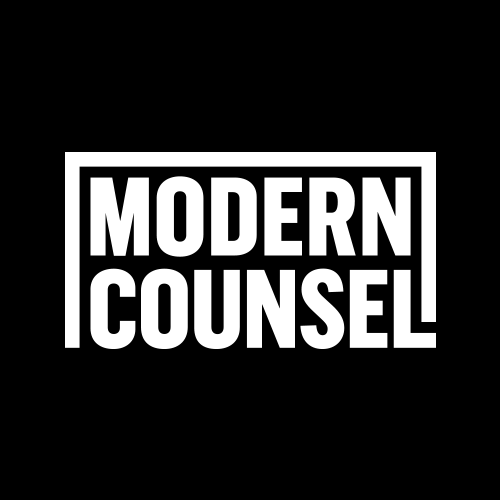It’s been three years since the historic American Airlines/US Airways merger created the biggest airline in the world, but there’s still plenty of work left to do. Just ask Kate Soled.
The American Airlines associate general counsel and airline industry lifer remains in the middle of the action. What does it take to stitch two airlines together? It’s about more than simply uniting systems and processes. Soled and her colleagues are transforming the business from the inside out to create something totally new, and they have to do it all without the customer noticing a single disruption.
The task—formidable for any industry—is especially daunting in the complex and highly scrutinized world of aviation. Airlines must operate with certifications from the federal government and meet numerous requirements and guidelines. Each legacy company came to the merger with its own certificates, subsidiaries, aircraft, marketing strategies, human resources policies, business processes, reservation and ticketing systems, vendors, subcontractors, partners, facilities, labor agreements, and employees. The legal issues behind changing or even updating just one of these areas in a small company could take weeks or months to tackle. Sorting out the details after a deal like the American Airlines/US Airways merger required a special approach.
At pre-merger American, most legal work was done in-house, but it quickly became apparent that this process would have to change based on the volume of work generated during integration.
“There is no way our in-house team could handle the amount of post-merger legal work, even if we hired thirty new lawyers,” Soled says.
So she and Ken Wimberly, American Airlines’ vice president and deputy general counsel, started grouping work into different buckets and forming relationships with outside lawyers and firms who had experience with one of the two legacy companies.
Together, they set out to help create a new company out of the legacy airlines, but they didn’t cobble it together like Frankenstein’s monster. Instead, Soled, Wimberly, and other leaders worked methodically to determine how best to support the new entity’s needs. If a legacy process proved strongest, they imported it. If the new American required something brand new, they built from scratch. Something new was around every turn.
“The changes in IT alone would take a week to describe,” Soled says. “It’s been a tsunami of change, but it’s been exciting because we have the chance to create something really special.”
Technology changes presented some of the biggest challenges. In the first years of the merger, the new American ran two separate sets of computer systems. The first system ran everything from scheduling to routes to time clocks. The challenge started when American negotiated one contract for all flight attendants in 2014 and another for pilots in 2015. These contracts meant combining two separate systems for two separate groups of employees. Leadership knows that combining all of these systems will take several years and cost hundreds of millions of dollars. With the integration of the flight operating system, which happened in October 2016, pilots and flight attendants will be free to work on any American Airlines aircraft at any airport.
Although these plans moved quite smoothly, Soled and her team know there’s a lot at stake. Flaws in previous airline mergers have caused costly travel delays and customer attrition. Luckily for Soled, some of her colleagues had been through previous mergers with pre-merger US Airways, so they knew what pitfalls and mistakes to avoid.
With the advice of these teammates, American’s legal team moved to the outsourcing model as other company insiders moved to segment the integration. Legal and other departments worked to hit milestones established by an integration management office. They started by gradually rebranding airplanes and facilities. Then, they combined frequent flyer programs before migrating reservation platforms. All frontline employees also have new uniforms to reflect the unified company. Throughout the long process, Soled has often repeated a phrase that has become a mantra at the new American Airlines: “Adopt and go.” She extols the importance of keeping an open mind.
“We didn’t want to select new systems because of familiarity or bias,” she says. “We wanted to examine every single element from both companies and
do what was best, even if it required a new solution.”
Examining elements at an individual level became particularly important with external partners. When the new American evaluated its options on co-branded agreements for popular travel reward credit cards, conventional thinking would have the company negotiating with each legacy carrier’s existing co-brand partners—Citi and Barclaycard—to choose just one deal with the most favorable terms. Instead, the transaction team looked at the situation analytically to find the best plan for the new American.
“We didn’t want to leave either vendor behind because they both bring something to the table,” Soled says. “It required a creative solution.”
Her team sat with each vendor to work out deals that preserve both relationships. In July 2016, American Airlines announced a unique dual-issuer agreement with Citi and Barclays that will allow the airline to simultaneously offer both cards in different channels.
The success story is just one of many ways legal can set the tone after a merger or other key moment during the life of a particular company.
“We, as in-house lawyers, have the chance to lead by example. People judge what’s happening by how legal responds. We can make people feel like everything is under control if we just proceed calmly.”
In challenging times, she asks those on her team to respond promptly to all inquiries and communicate clearly in every interaction. Although the integration has spanned more than three years, Soled says leaders at American Airlines have worked to ensure its service, brand, and product stay reliable.
“We’re doing this the hard way, but the right way,” she says. “If you integrate properly, you reduce confusion, frustration, and inconsistency for the customer.”


